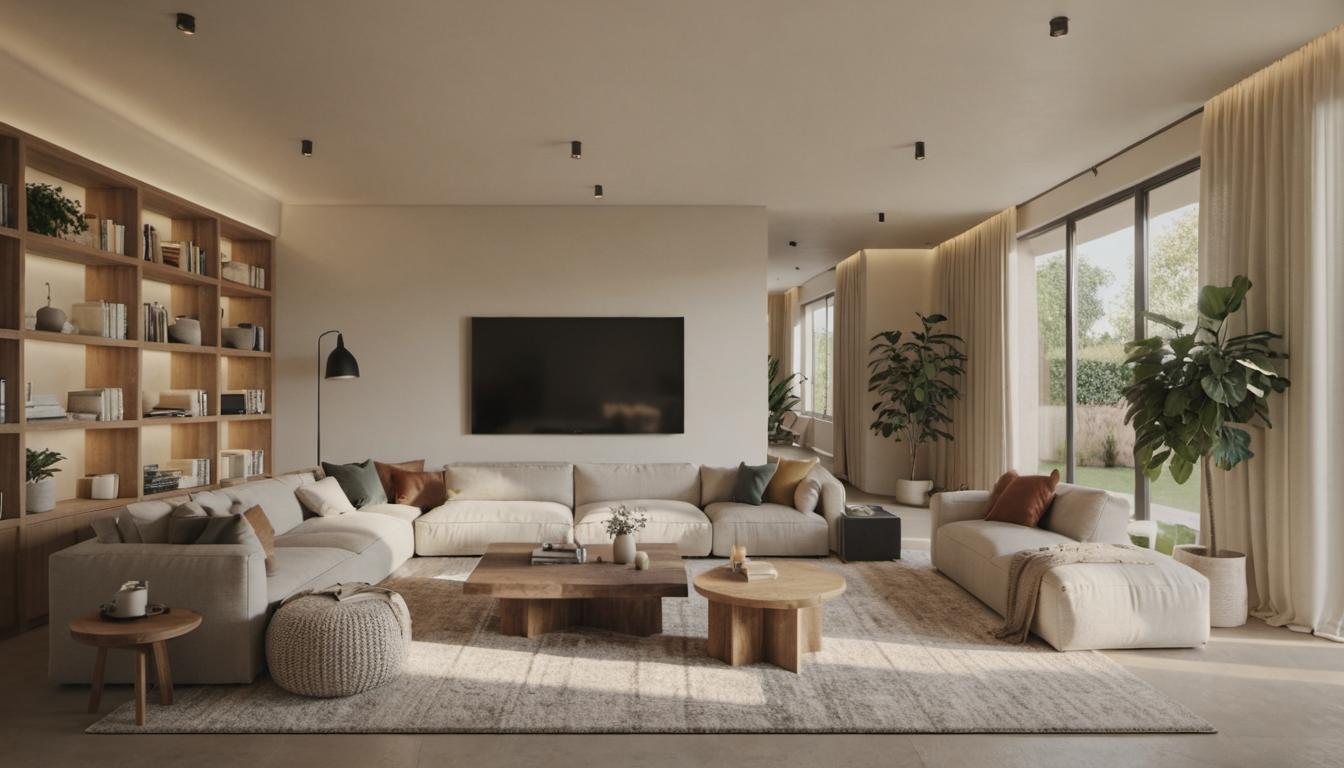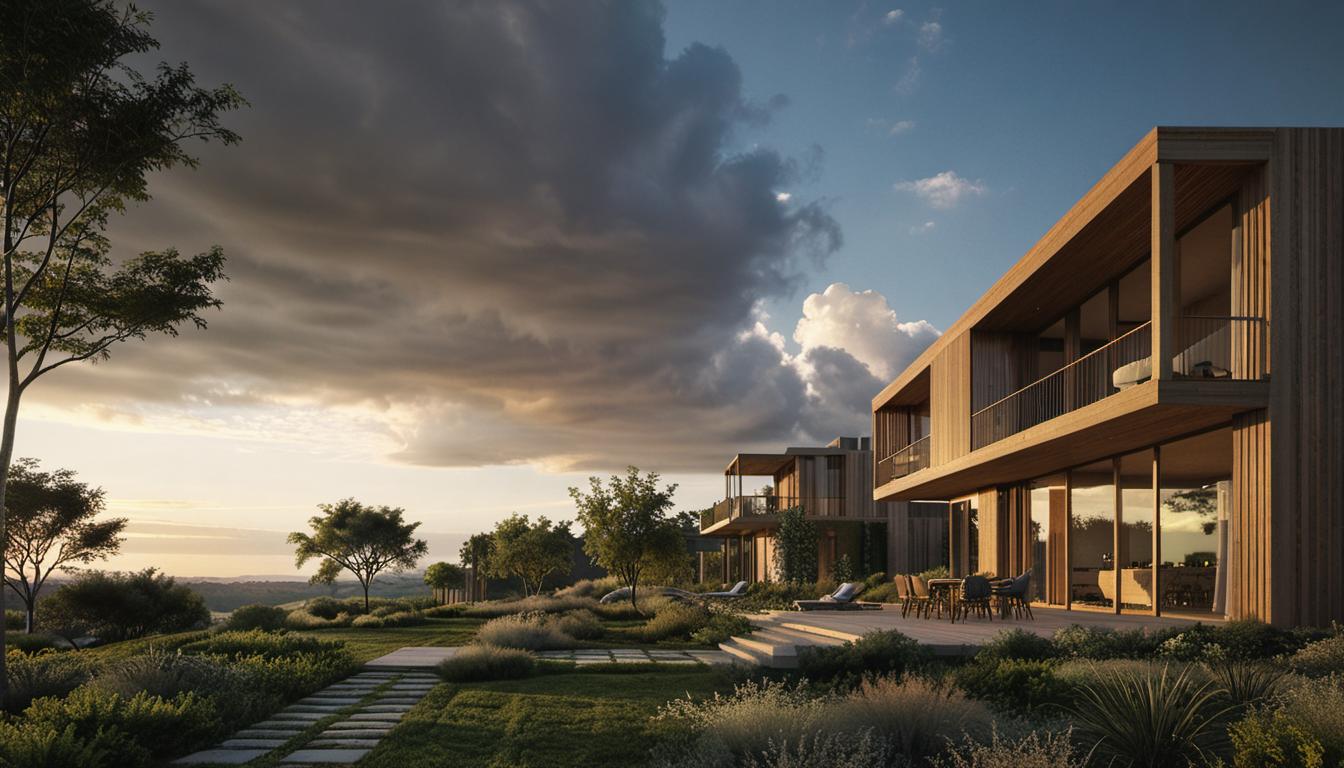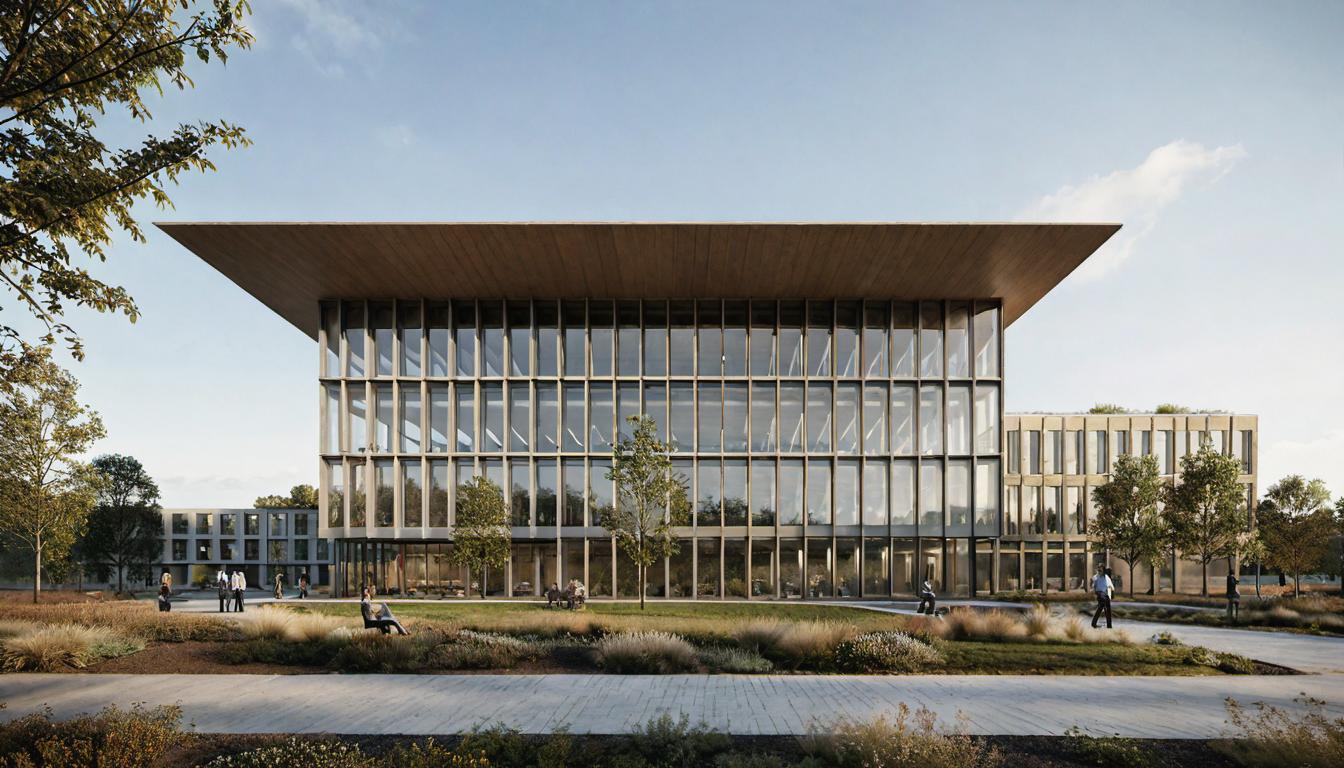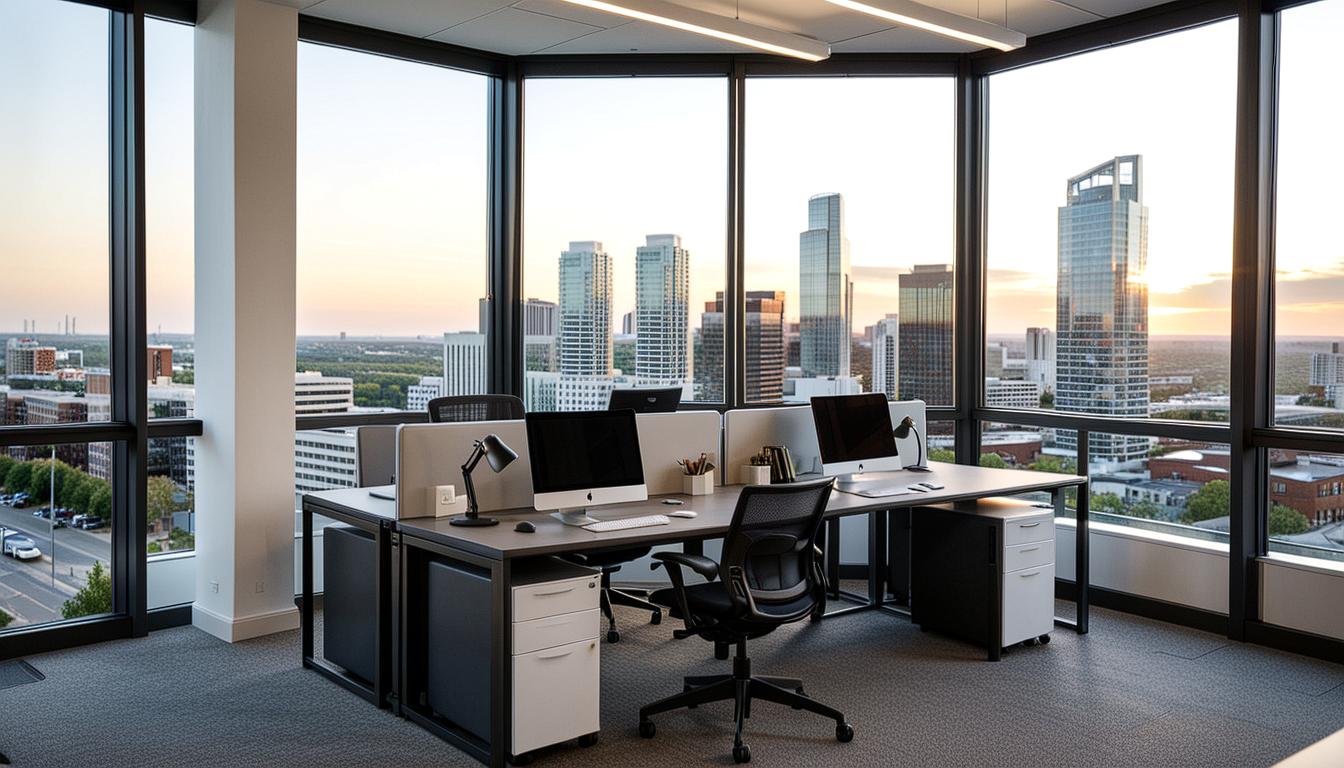Understand the Key Aspects
`
`
Identifying a Focal Point
`
`
When arranging a living room space, one of the first and most useful strategies is identifying a focal point, which serves as the center of attention. A focal point could be a natural feature like a window or fireplace, or an artificially created one such as a TV stand. Orienting your main seating pieces towards this focal point adds structure and flows to the furniture arrangement.
`
`
Considering Space Between Furniture and Walls
`
`
While it is tempting to push all of your furniture against the walls, this is actually a mistake. Leaving a bit of space between the wall and your furniture can make the room feel larger, and also facilitates better circulation of air, creating a more conducive living environment. Pull furniture a bit toward the center for a more open and inviting aura in the room.
`
Common Living Room Furniture Layouts
`
`
Symmetrical Layout
`
`
A symmetrical layout is all about balance. This can be achieved by placing identical sofas or chairs opposite each other, or by having contrasting yet visually balanced pieces on either side of the room. This layout gives the room a formal and grand appearance.
`
`
Floating Layout
`
`
A floating layout is ideal for rooms with plentiful windows and less wall space. Instead of placing items against the walls, the furniture “floats” in the room’s middle. This arrangement fosters an inviting atmosphere and encourages more natural conversations, making the room feel more casual and relaxed.
`
`
L-shaped Layout
`
`
The L-shaped layout, commonly used in combined living and dining rooms, allows for efficiency in space utilization. Here, a sofa or sectional is coupled with a smaller accent chair at a right angle, making this layout a particularly effective solution for long, narrow rooms. However, there might be specific challenges for television placement in this layout.
`
Optimal TV Placement
`
`
When considering TV placement, make sure you avoid any areas affected by sunlight or glare, which can make the screen difficult to see. In addition, place the TV out of high traffic areas where it could be knocked over, and make sure it’s oriented towards the seating areas for comfortable viewing. Keep in consideration the ratio of the distance between the TV and seating area to the size of your TV for a better viewing experience.
`
Creating Conversation Areas
`
`
- `
- Ensure that your sofas and chairs are facing each other, and that they are close enough to allow for natural conversation.
- Try to position your coffee table or accent tables within reach of each seat to provide functionality for guests.
- If your room allows, crafting secondary conversation areas can also be beneficial.
- If your living room is larger, consider splitting the room into two separate conversation areas. This can add a sense of intimacy to space.
– `
`
– `
`
– `
`
– `
`
`
`
Balancing Furniture Arrangement
`
`
- `
- Keep in mind the size and placement of your furniture items – larger pieces can add weight to a room, while smaller items might not get noticed and be underutilized.
- Try not to group all large or small items in one area. Instead, divide them evenly around the room to create balance.
- Incorporate a mix of different furniture types – having a variety of sofas, chairs, tables, and decor can make the room more attractive and functional.
– `
`
– `
`
– `
`
`
`
Arranging Furniture Based on Traffic Flow
`
`
- `
- Avoid arranging your furniture in a way that obstructs movement in the room – this can create a congested and unwelcoming space.
- Ensure that there is sufficient space between different pieces of furniture to prevent bumping into items and allow guests to move around freely.
- Be mindful of the room’s entrances and exits and place furniture in a way that does not hinder the pathway.
– `
`
– `
`
– `
`
`
`
`
Frequently Asked Questions
`
`
What are some common living room furniture layouts?
`
`
Common living room furniture layouts include symmetrical, floating, and L-shaped layouts. The right choice largely depends on the room’s shape and size. For example, a symmetrical layout often suits larger rooms, while a floating layout would work well in a smaller room with a lot of windows.
`
`
How can a focal point in the room enhance my furniture arrangement?
`
`
A focal point guides the distribution of visual weight in the room, thus enhancing furniture arrangement. By centering your layout on a natural feature or prominent furniture item, it helps to anchor the room and enables you to arrange other pieces in a balanced and purposeful manner.
`
`
How should I consider TV placement when arranging my living room furniture?
`
`
TV should be placed where it won’t be affected by glaring light and where it will face the room’s seating area for comfortable viewing. It’s best to keep the TV out of high-traffic areas to avoid it getting bumped or knocked over.
`
`
Wrapping It Up
`
`
We hope that these easy tips for arranging furniture in a living room can help you create a space that is functional, aesthetically pleasant, and ideal for your daily needs. Strategically positioning your furniture pieces can make a significant impact on your room’s overall charm and mood. Remember, the aim is to create a room that’s equally comfortable for you, your family, and your guests.






